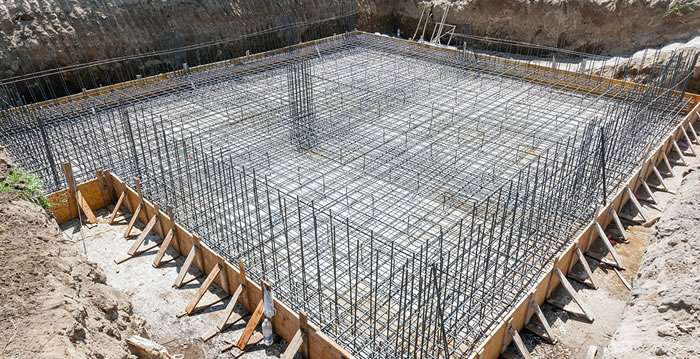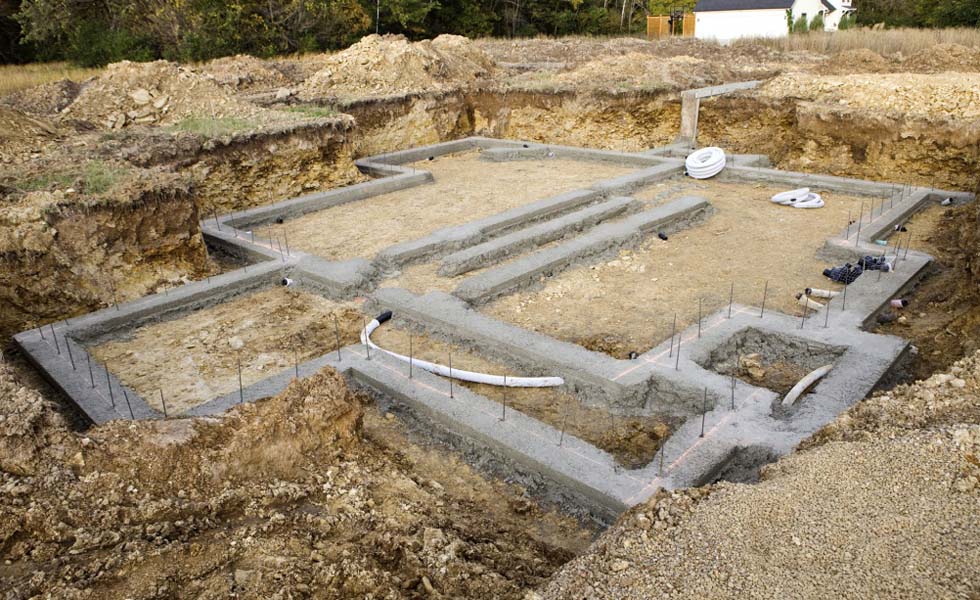What Is Earthquake Retrofitting?
All of a sudden, without warning, earthquakes happen. Old houses can be seriously damaged by motion on the ground surface. Homes constructed before 1980 are particularly at risk since many of them were not designed to withstand shaking and moving. A house is retrofitted to avoid the displacement from the concrete base of the building in an earthquake. This is better and less likely to destroy a building in the case of an earthquake.
Earthquake retrofitting (Seismic retrofitting) is a shift in existing structures to make them more resistant to ground movements or earthquakes. The need for seismic retrofitting is well-known from a deeper understanding of the need for seismic structural services and our recent experiences of major earthquakes near urban centres.
Until electronic seismic codes were adopted in the late sixties for developing countries (United States, Japan etc.) and in many other parts of the world in the late 1970s, a number of structures were built for seismic protection without appropriate detail and reinforcement. Different research work was conducted in view of the imminent issue. State-of-the-art technical guidelines have been released around the world for seismic assessments, improvements and rehabilitations, such as the ASCE-SEI 41 and the Earthquake Engineering Guidelines for the New Zealand Community. The codes must be constantly revised, for example the fragility of welded steel structure was shown by the earthquake in Northridge in 1994.
Additional natural hazards such as tropical cyclones, tornadoes and strong wind triggered by hurricanes are also subject to retrofitting techniques. While current seismic retrofitting activities primarily concentrate on structural improvements to reduce the seísmic danger of using structures, the hazards and losses caused by non-structural elements need to be reduced. It is also important to note that there are no seismic structures, but the seismic efficiency can be greatly improved by the correct initial design or subsequent modifications.
Reasons Why Earthquake Retrofitting is Important
- It improves protection. Properly retrofitted houses against earthquakes and destruction have been improved. You have reduced the risk of damage or even death from an earthquake, and your house is safer.
- It protects your financial assets. In your old home, you spent a lot of time and resources. The repair costs that you will face after a devastating earthquake could be very expensive without seismic retrofitting. Think about it this way: to retrofit your home now is much cheaper than to fix it after an earthquake.
- It assures you a place to live. It could take years for your house to be fixed if you have not seismically fixed and if an earthquake damages your home, it will also take you a loan to make repairs. Also note that people often have to leave their homes during reconstruction, and usually rental rates in impacted areas are raised after a major disaster.



Need a Company That Specializes in Earthquake Retrofitting?
Spaulding Concrete is made up of a team of specialists for structural renovation, seismic retrofitting, soft-story retrofitting, residential earthquake proofing and tenant building development. The members of our team are your partners in safety and earthquake protection who listen to and recognize the needs of the building owner and offer their earthquake retrofitting solutions from beginning to end. We enjoy delivering excellent service here at Spaulding Concrete and we live up to our values with every client.The qualified concrete experts at Spaulding Concrete will be on schedule, on budget and meet or exceed standards by careful planning, professional execution, and strict quality control. To schedule your free quote, call or email us today! We are proud to serve Orinda, Lafayette, Moraga, Pleasant Hill, Concord, Martinez, Pittsburg, Antioch, Brentwood and the surrounding areas.
